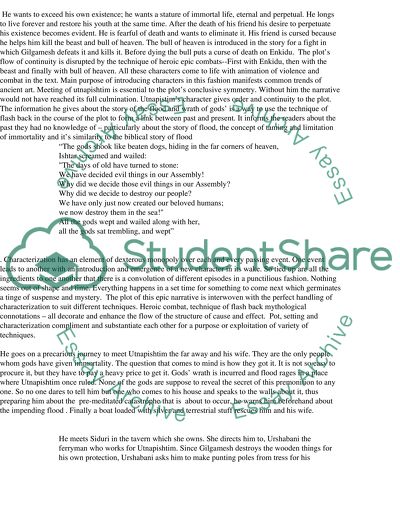Cite this document
(Gilgamesh Mesopotamia Assignment Example | Topics and Well Written Essays - 2250 words, n.d.)
Gilgamesh Mesopotamia Assignment Example | Topics and Well Written Essays - 2250 words. https://studentshare.org/visual-arts-film-studies/1533987-summary-comparison-and-response-on-gilgamesh
Gilgamesh Mesopotamia Assignment Example | Topics and Well Written Essays - 2250 words. https://studentshare.org/visual-arts-film-studies/1533987-summary-comparison-and-response-on-gilgamesh
(Gilgamesh Mesopotamia Assignment Example | Topics and Well Written Essays - 2250 Words)
Gilgamesh Mesopotamia Assignment Example | Topics and Well Written Essays - 2250 Words. https://studentshare.org/visual-arts-film-studies/1533987-summary-comparison-and-response-on-gilgamesh.
Gilgamesh Mesopotamia Assignment Example | Topics and Well Written Essays - 2250 Words. https://studentshare.org/visual-arts-film-studies/1533987-summary-comparison-and-response-on-gilgamesh.
“Gilgamesh Mesopotamia Assignment Example | Topics and Well Written Essays - 2250 Words”. https://studentshare.org/visual-arts-film-studies/1533987-summary-comparison-and-response-on-gilgamesh.


